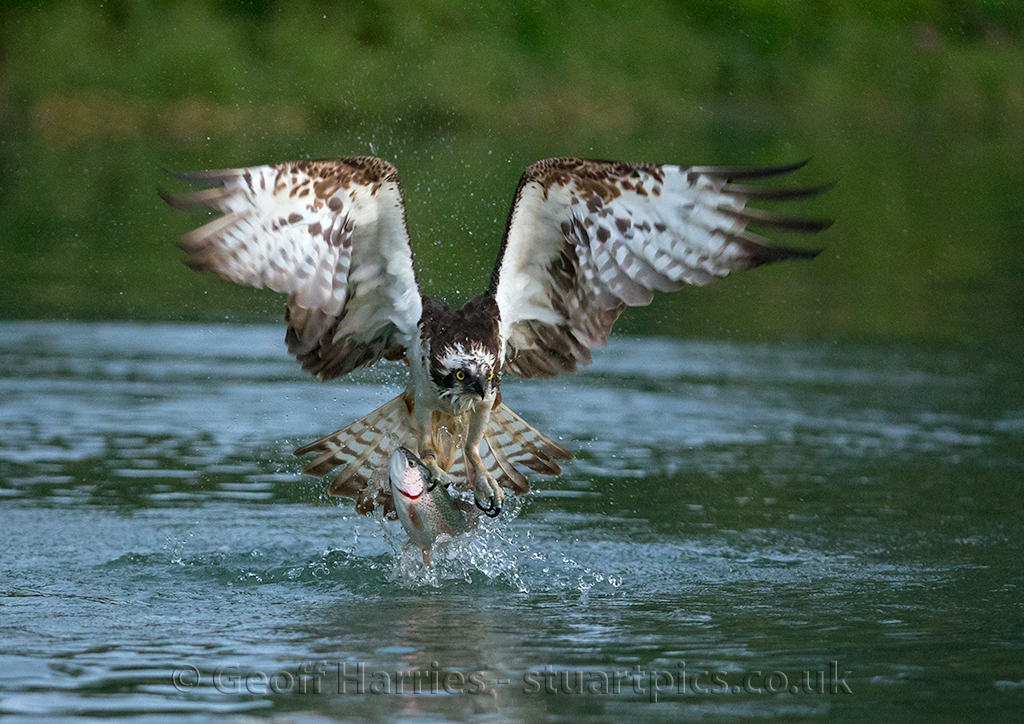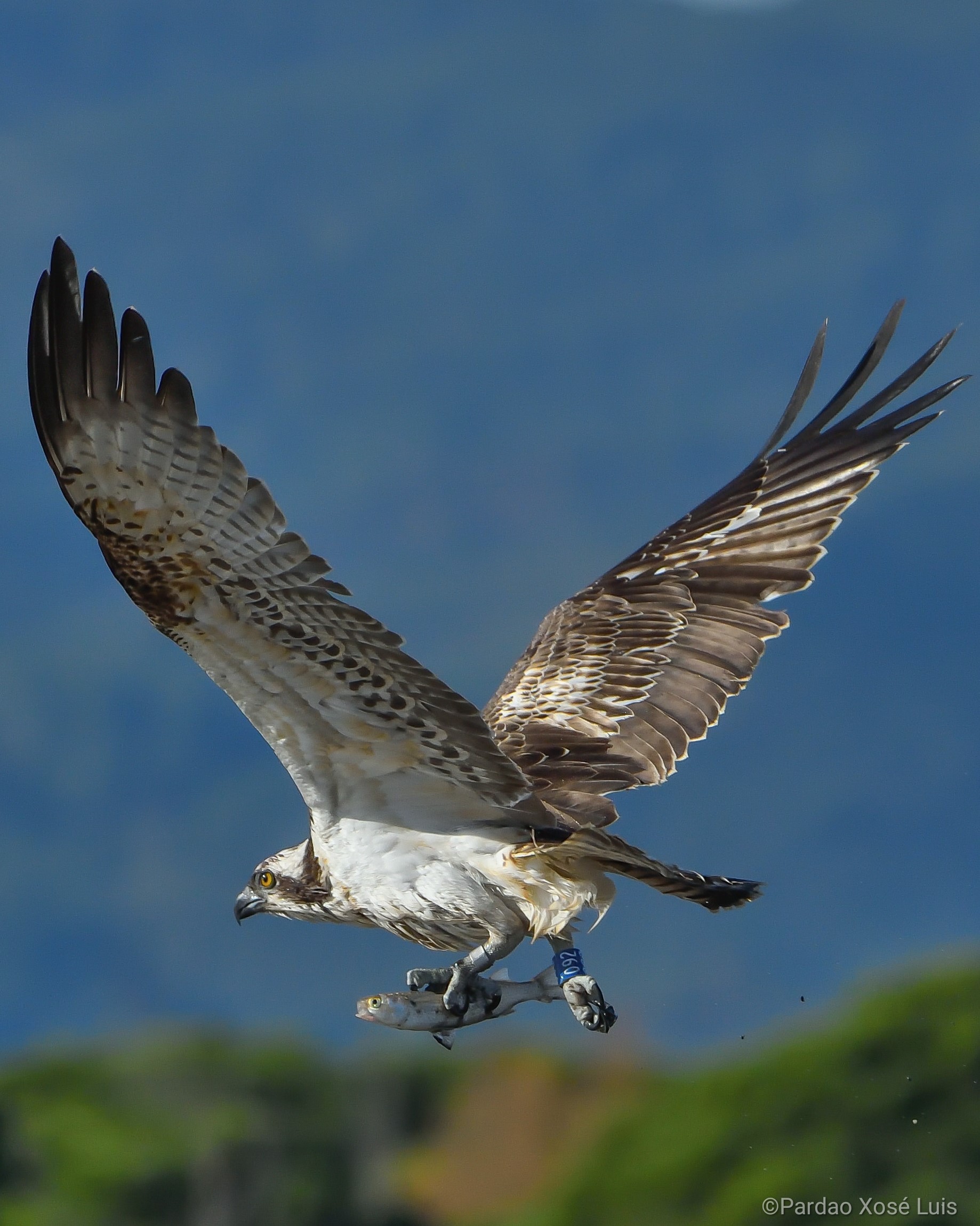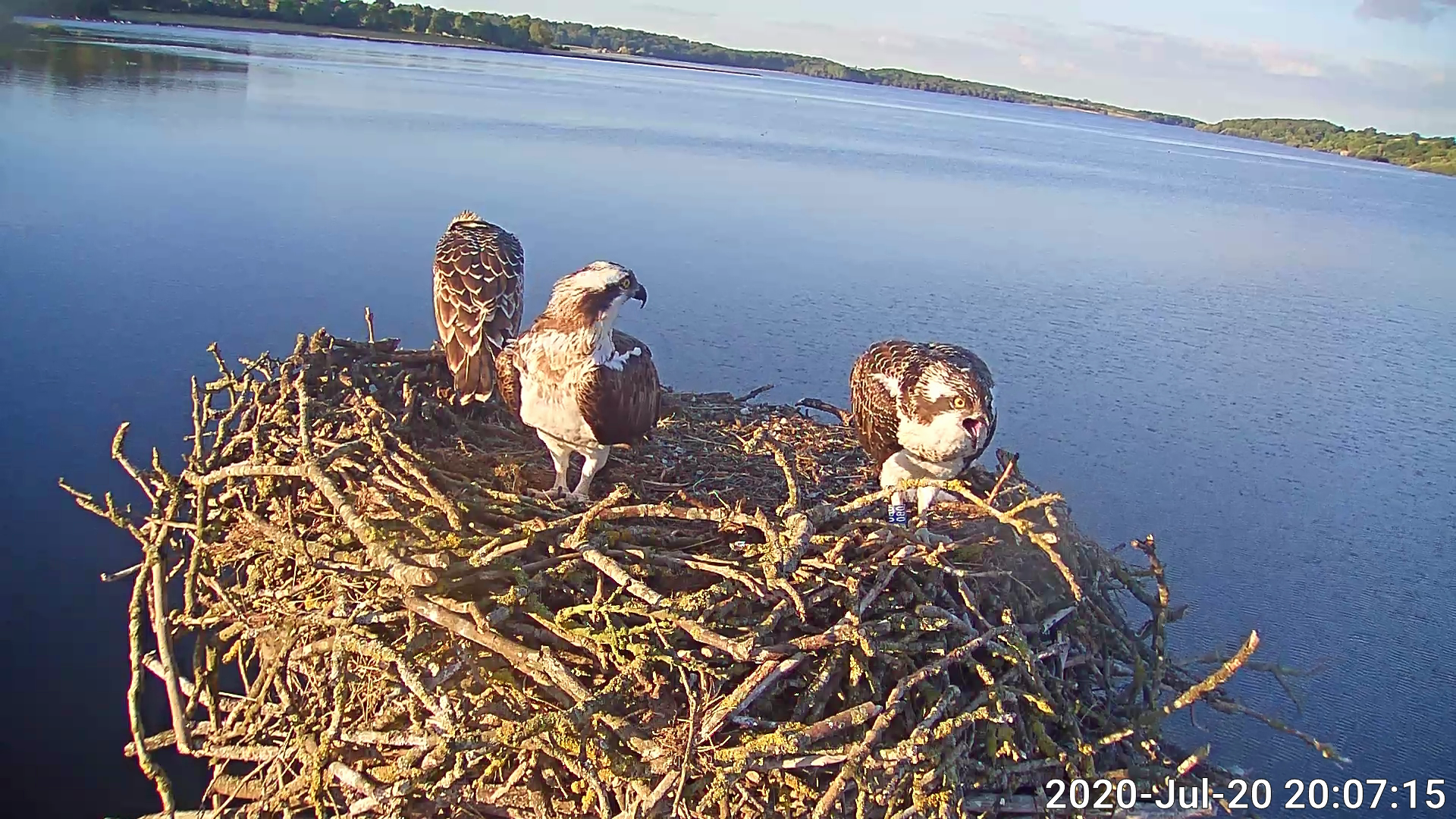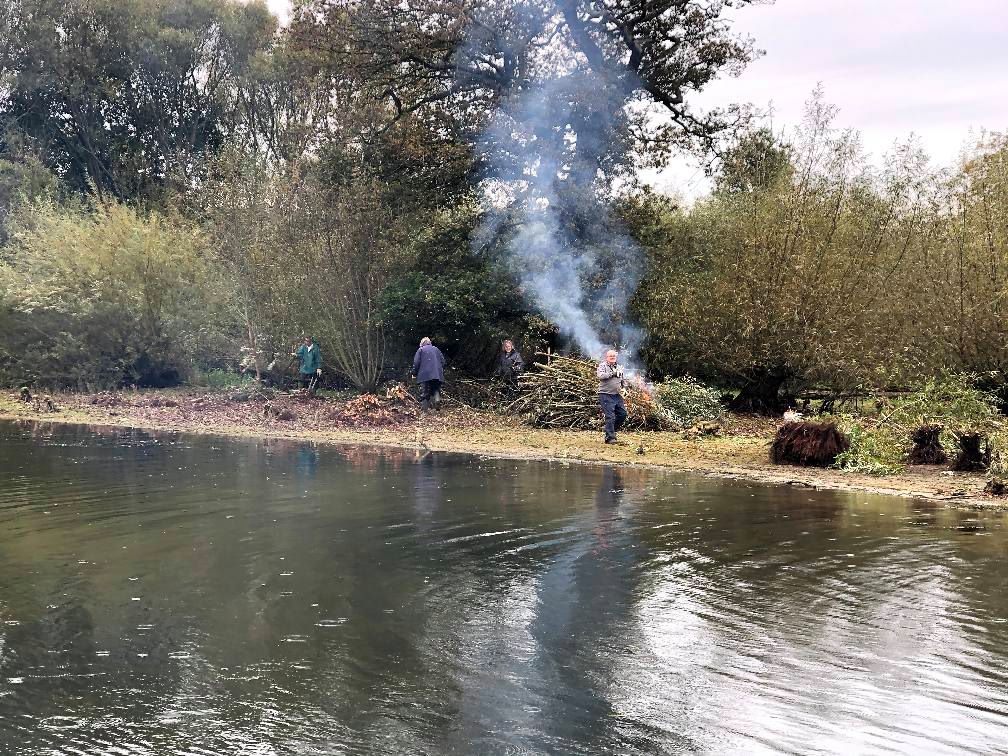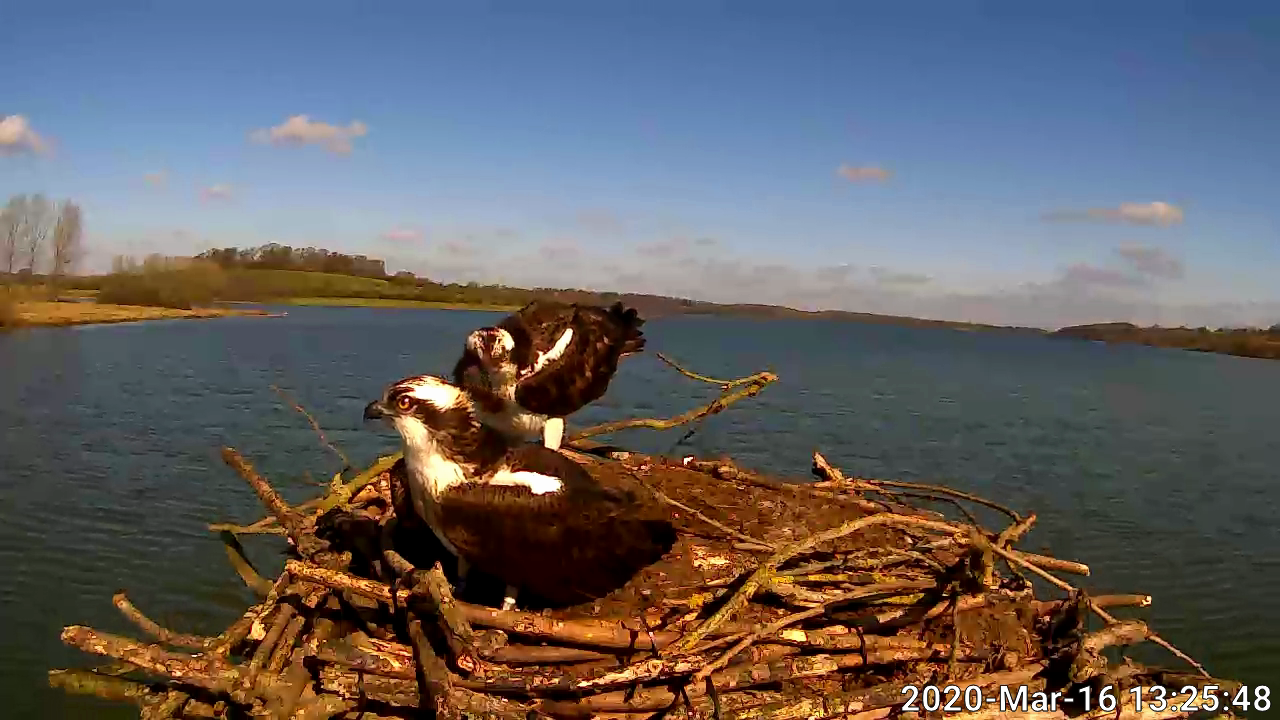The following is confidential and should not be shared.
The 2023 season has officially begun, with the first osprey returning on Tuesday 14th March.
Returning Ospreys
- Tuesday 14th March – female 25(10)
- Thursday 16th March – male 33(11)
- Sunday 19th March – female Maya
- Thursday 23rd March – male 30(10)
- Wednesday 22nd March – male T7(16)
- Saturday 25th March – male 11(10)
- Monday 27th March – metal ringed site O female
- Tuesday 21st March – male 6K(14)
- Saturday 25th March – female HJ8
- Saturday 25th March – male 055(19)
- Tuesday 21st March – female 30(05)
- Thursday 23rd March – male T3(16)
- Monday 27th March – female 00(09)
- Monday 27th March – male 06(09)
- Friday 7th April – unringed site T female
- Sunday 9th April – male 1K
- Sunday 9th April – female 2AF
- Monday 3rd April – male T4(16)
- Saturday 15th April – unringed site W female
- Thursday 20th April – unringed site O male
- Friday 21st April – unringed site R female
- Thursday 27th April – male 059(19)
- Thursday 27th April – male 3AY(19)
- Saturday 3rd June – male 079(21) – seen around Manton Bay
Incubating Nests
- Manton Bay
- B
- C
- K
- N
- S
- R
- O
- J
Manton Bay
- 33(11) returned on 16th March
- Maya returned on 19th March
- First egg laid on 4th April
- Second egg laid on 7th April
- Third egg laid on 10th April
- Fourth egg laid on 13th April
- First egg hatched on 12th May
- Second egg hatched on 14th May
- Third egg hatched on 17th May
- Fourth egg hatched on 19th May – chick died in nest possibly the same day
- Female 3H3 fledged on 3rd July
- Female 3H5 fledged on 6th July
- Male 3H4 fledged on 9th July
The three youngsters were ringed on 24th June – Female 3H3, Male 3H4 and Female 3H5
Details of their biometrics below.
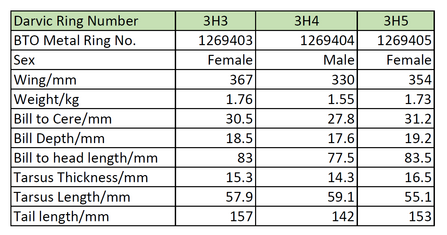
2023 Migration
All three youngsters at Manton Bay have left – all dates are approximate –
Female 3H5 left 11th August and Female 3H3 and Male 3H4 left 16th August
33(11) left late afternoon 31st August (approx. leaving time/date)
Maya left afternoon 3rd September (approx. leaving time/date)
2022 proved to be a very successful year for ospreys in the Rutland Water area, with a total of 11 breeding pairs rearing 22 chicks. This is the largest number of active nests recorded in a single year, surpassing ten breeding pairs in 2019 and 2020

